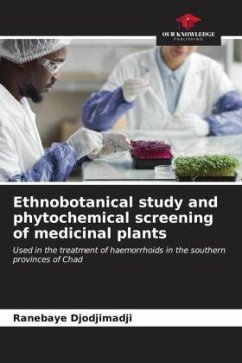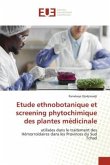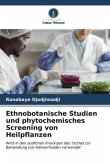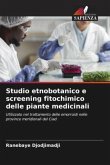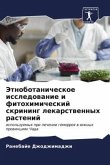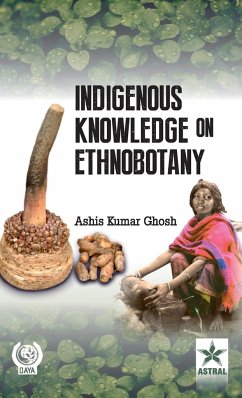Hemorrhoidal pathology is frequently encountered in medical practice. It is little studied in Chad, and very little data is available on anti-hemorrhoidal plants in Africa. The aim of this study is to identify medicinal plants likely to contribute to the traditional management of hemorrhoidal pathologies in Chad. Ethnobotanical surveys were carried out using a pre-established survey form from February 2020 to May 2021 with 47 Tradipraticiens de Santé (TPS) from the Provinces of Southern Chad. Phytochemical analyses were carried out in the laboratory of the Faculté des Sciences Exactes et Appliquées in N'Djamena. Data were entered and processed using Excel 2019 spreadsheet and SPSS.25 software. The results showed that there were 38 recipes made up of 40 species, some with a single species and others with a combination of two or three species. These species were divided into 22 families, the most dominant of which were the Caesalpiniaceae (12.50%). Roots (37.5%) were the most commonly used organs.
Bitte wählen Sie Ihr Anliegen aus.
Rechnungen
Retourenschein anfordern
Bestellstatus
Storno

